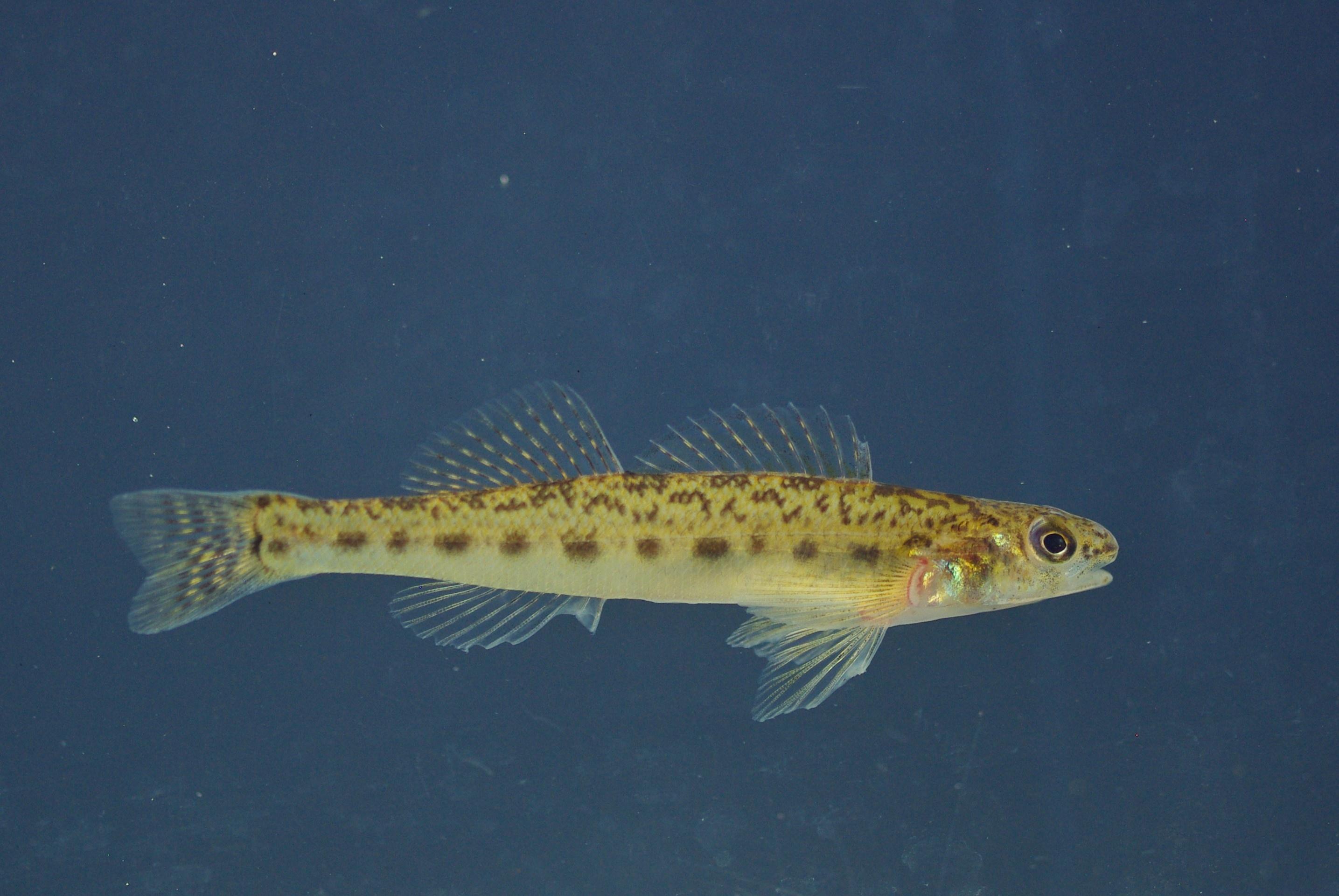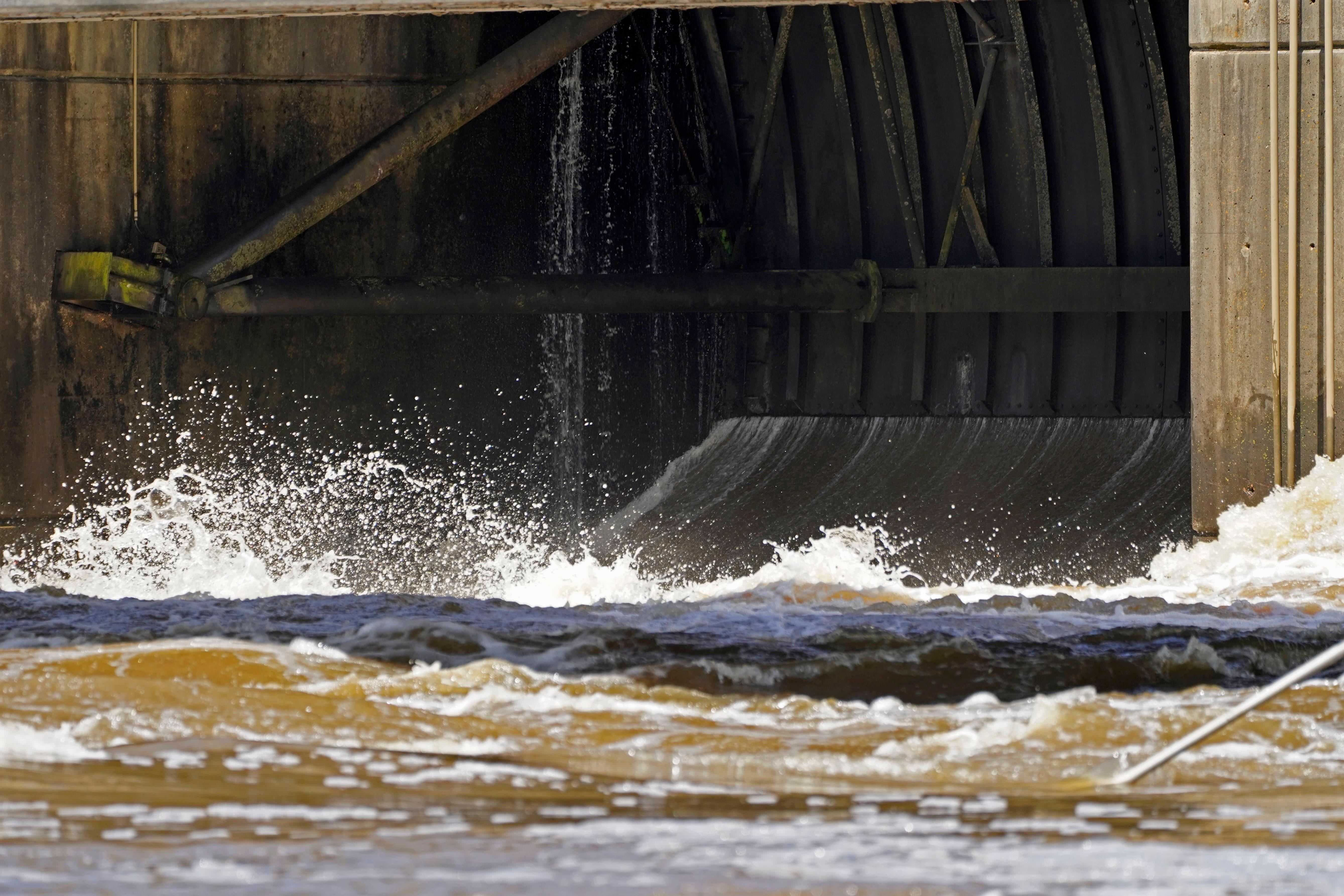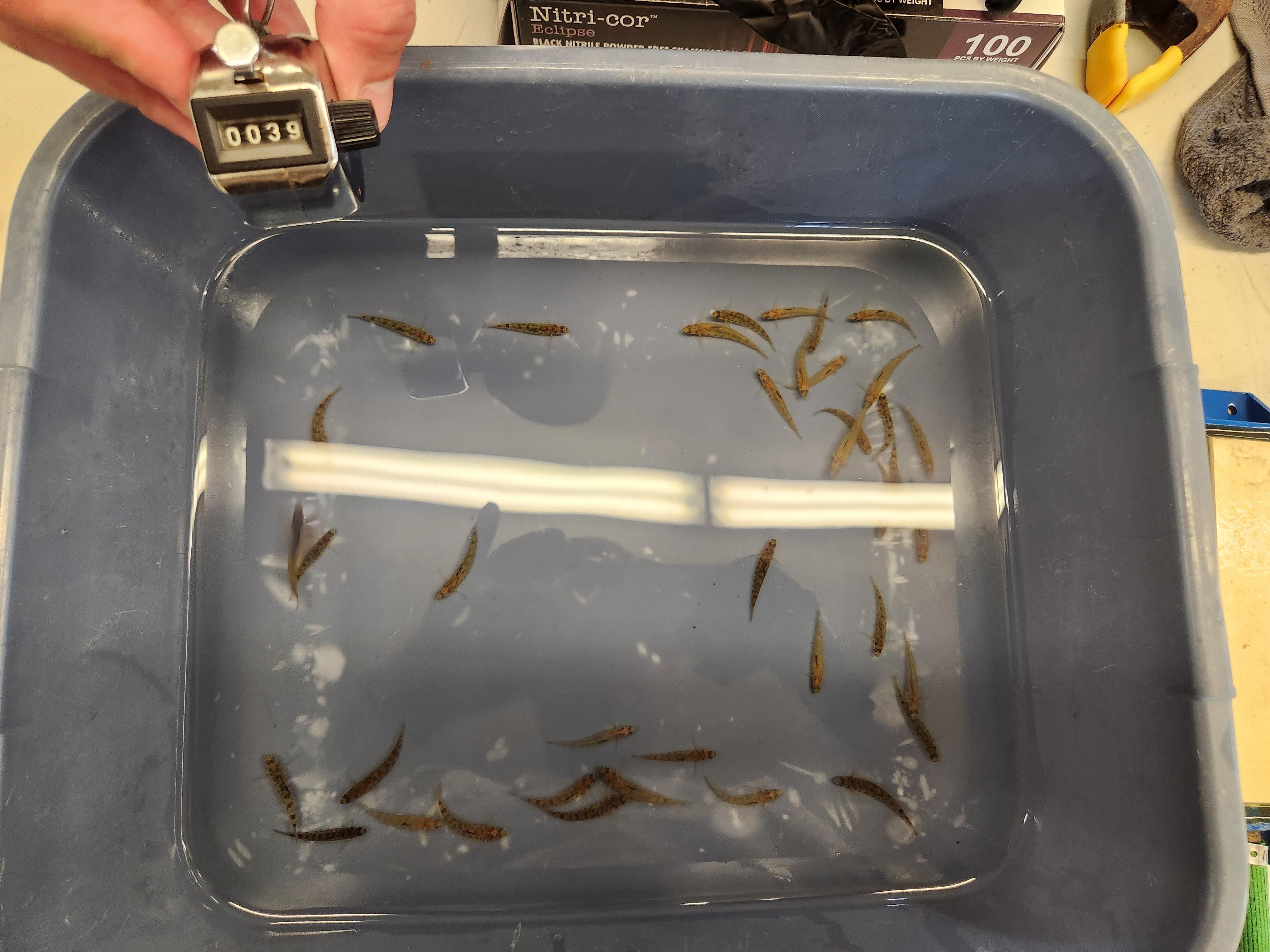River changes and a chain reaction
For its part, the Pearl River of today has been shaped by a number of navigational projects, such as the West Pearl Navigation Canal, dams and even more channelization projects. There’s also the 32,000-acre Ross Barnett Reservoir northeast of Jackson, an upstream drinking water development.
Both types of projects carry with them profound effects on the river’s hydrology, both in riverbank erosion causing increased sediment flow and a change in coastal freshwater availability where the Pearl runs into the Mississippi Sound.
For a species like the Pearl darter, whose populations rely heavily on clean substrates, those effects can be especially pernicious.
Nickpoints often form where newly-dug channels create sharp changes in a river’s slope, leading to erosion at that point, which can often turn into a wave that slowly makes its way further up the river, weakening and ultimately eroding river banks into the water and increasing sediment in the water.
The Pascagoula River system, however, is the largest unmodified river system in the Southeast, and possibly even the lower-48 states and southern Canada.
Wagner says similar sampling has placed Pearl darter in the main stem as well as major tributaries Chickasawhay and Leaf Rivers, and even in smaller water bodies like Black and Okatoma Creeks, where water is allowed to flow freely and pollutants are limited.
“We have no big dams on the Pascagoula. There's some small dams on some of the tributaries, but the main stem, Chickasawhay and Leaf don't have any dams on them. There's been very little modification in the ways of channels or dredging, so it's a natural system without disturbance, which leads to stability,” said Wagner.
Still, the question of what caused the Pearl darter’s demise throughout the larger Pearl River system remains a mystery. With no flood, drought or chemical spill on record from 1973 – and an average lifespan of 2 to 3 years – Wagner says it could have been one event on the Strong River that caused a chain reaction downstream and into the Pearl.
“They're not known from the Pearl River above the Strong River. So basically, anything that would have happened in the Strong would have wiped them out — the entire Strong and then in the Pearl below. But we're not sure what caused it exactly.”
But the Strong River, meandering 95-miles down south-central Mississippi before it feeds into the Pearl River near Georgetown, has experienced little in the way of navigation projects, making it an ideal place to begin the process of the Pearl darter’s recovery.






